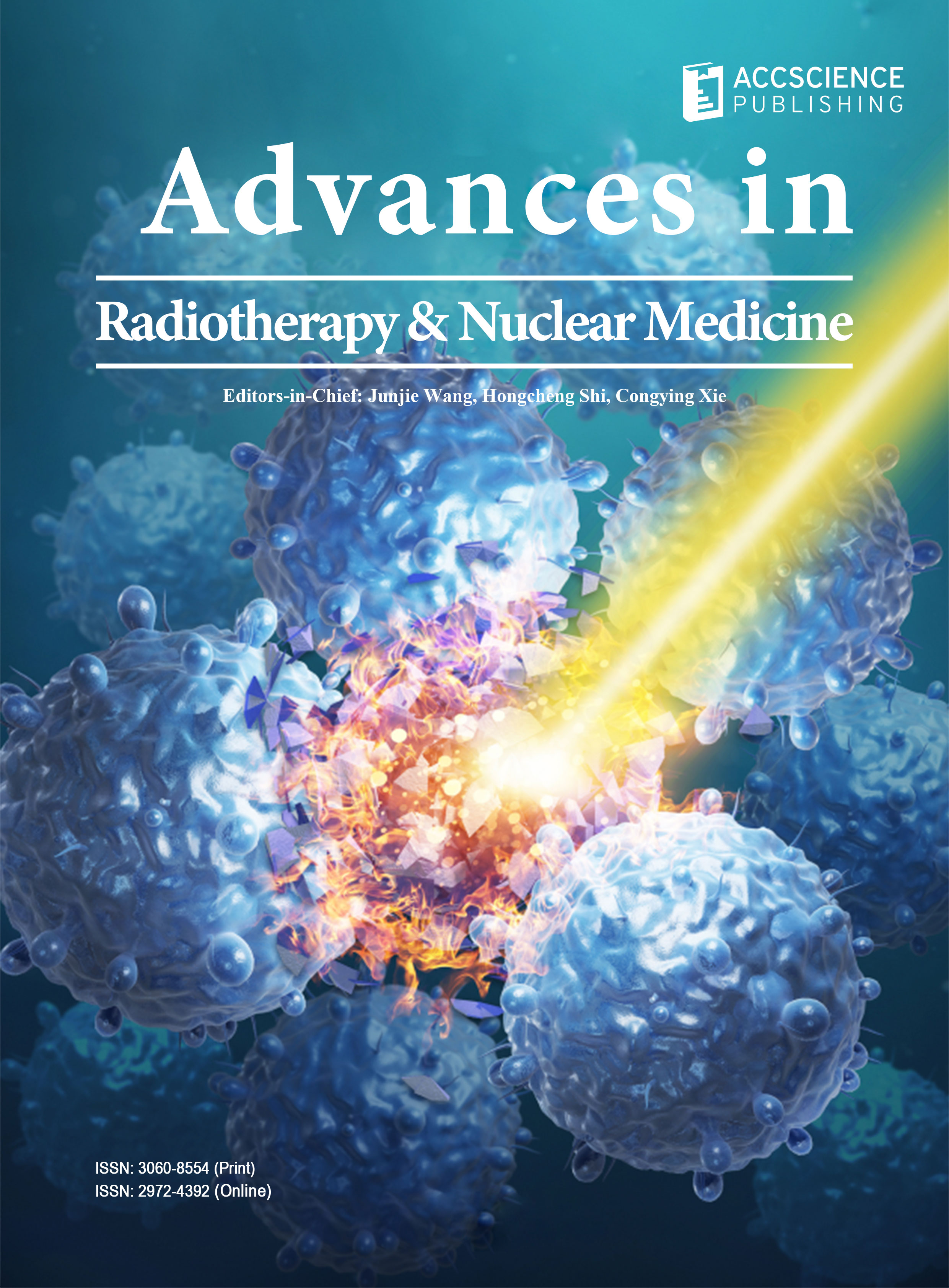Simulated study relating dose-volume histogram metrics to three-dimensional gamma analysis results

This study aims to investigate the relationship between the three-dimensional gamma index (3DGI) results and its clinical significance, proposing a correlation between changes in dose values in the dose-volume histogram (DVH) of the evaluated structures and 3DGI percentages of approval. In this study, we created 30 plans by including 1 mm displacement errors in the lateral, vertical, and longitudinal axes of each table, and compared them to a simulated, error-free treatment plan for prostate cancer. The plans were made in a commercial treatment planning system, using 6MV Varian 120-leaf multileaf collimators (MLC) linear accelerators and intensity modulated radiation therapy sliding window technique. We used a calculation algorithm-based MATLAB programming to evaluate the 3DGI analysis of fluence maps. The acceptance criteria were 3%/2 mm, 10% dose threshold, and 95% gamma passing rate. We compared 3DGI results with differences in structures DVH. DVH metrics versus 3DGI analysis showed a correlation between the percentage of point’s approval and planning target volume (PTV) coverage, presenting a degree of agreement of 0.85%, 0.96%, and 0.94% in the longitudinal, lateral, and vertical axes, respectively. In summary, it was possible to establish a linear relationship between the percentage of points approved in the 3DGI analysis and the PTV dose. A similar behavior was also observed in bladder and rectum DVH, but for these structures, the relationship was not the same in the three displaced axes.
- Cancer Today. Available from: https://gco.iarc.who.int/ today [Last accessed on 2024 Jun 20].
- Howlader N, Noone A, Krapcho M, et al. SEER Cancer Statistics Review, 1975-2018. National Cancer Institute; 2021. Available from: https://seer.cancer.gov/csr/1975_2018/ index.html [Last accessed on 2024 Jun 20]
- Schaeffer EM, Srinivas S, Adra N, et al. Prostate cancer, version 4. NCCN clinical practice guidelines in oncology. J Natl Compr Canc Netw. 2023;21(10):1067-1096. doi: 10.6004/jnccn.2023.0050
- Tilki D, Van den Bergh RCN, Briers E, et al. EAU-EANM-ESTRO-ESUR-ISUP-SIOG guidelines on prostate cancer. Part II-2024 update: Treatment of relapsing and metastatic prostate cancer. Eur Urol. 2024;86:164-182. doi: 10.1016/j.eururo.2024.04.010
- Cornford P, Van den Bergh RC, Briers E, et al. EAU-EANM-ESTRO-ESUR-ISUP-SIOG guidelines on prostate cancer-2024 Update. Part I: Screening, diagnosis, and local treatment with curative Intentt. Eur Urol. 2024;86(2):148-163. doi: 10.1016/j.eururo.2024.03.027
- Miften M, Olch A, Mihailidis D, et al. Tolerance limits and methodologies for IMRT measurement-based verification QA: Recommendations of AAPM Task Group No. 218. Med Phys. 2018;45(4):e53-e83. doi: 10.1002/mp.12810
- Low DA, Harms WB, Mutic S, Purdy JA. A technique for the quantitative evaluation of dose distributions. Med Phys. 1998;25(5):656-661. doi: 10.1118/1.598248
- Low DA, Moran JM, Dempsey JF, Dong L, Oldham M. Dosimetry tools and techniques for IMRT. Med Phys. 2011;38(3):1313-1338. doi: 10.1118/1.3514120
- Tamborra P, Martinucci E, Massafra R, et al. The 3D isodose structure-based method for clinical dose distributions comparison in pretreatment patient-QA. Med Phys. 2019;46(2):426-436. doi: 10.1002/mp.13297
- Nelms BE, Zhen H, Tomé WA. Per-beam, planar IMRT QA passing rates do not predict clinically relevant patient dose errors. Med Phys. 2011;38(2):1037-1044. doi: 10.1118/1.3544657
- Stasi M, Bresciani S, Miranti A, Maggio A, Sapino V, Gabriele P. Pretreatment patient-specific IMRT quality assurance: A correlation study between gamma index and patient clinical dose volume histogram. Med Phys. 2012;39(12):7626-7634. doi: 10.1118/1.4767763
- Ezzell GA, Burmeister JW, Dogan N, et al. IMRT commissioning: Multiple institution planning and dosimetry comparisons, a report from AAPM Task Group 119. Med Phys. 2009;36(11):5359-5373. doi: 10.1118/1.3238104

